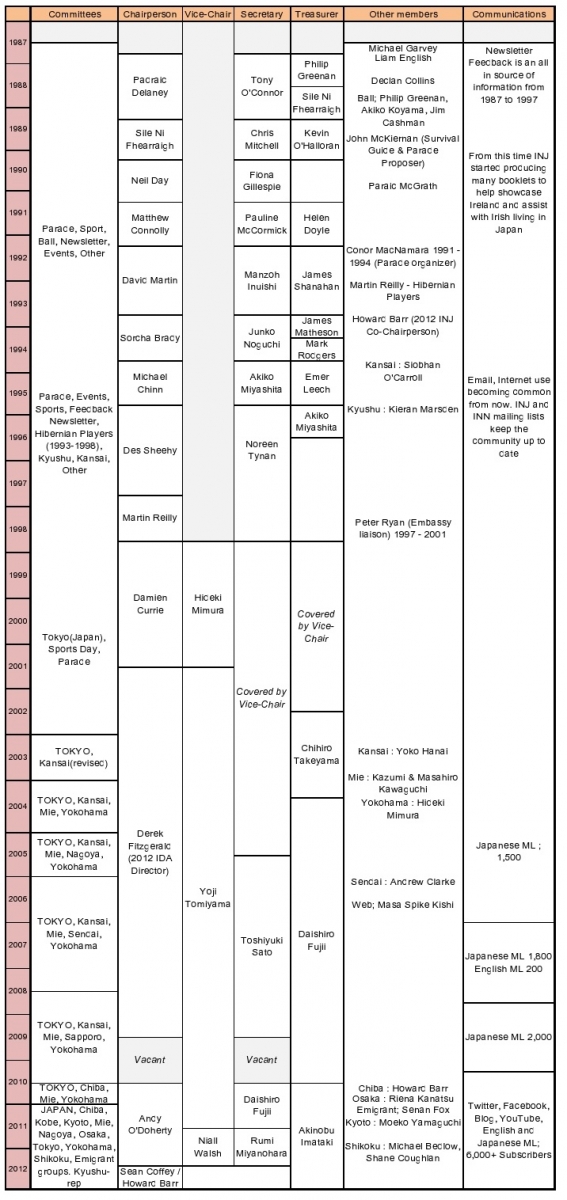The Irish and Halloween
The time for the “trick or treat” has come. Senan will take you to the ancient Ireland where fairies and ghosts lived next door to your house.
The time for the "trick or treat" has come. Senan will take you to the ancient Ireland where fairies and ghosts lived next door to your house.
The Irish and Halloween
Halloween, the last day of October, is a time of fun and frolics for children and adults in numerous countries throughout the world. On Halloween night, children put on scary costumes and visit houses in their neighbourhood, shouting "trick or treat!" The children are given a treat – usually sweets or chocolate. If they are not pleased with the treat, they are allowed to play a trick. But most children are quite pleased with their treat and leave for the house next door.
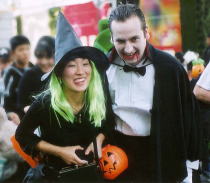
Halloween is an ancient festival which began in Celtic countries, particularly Ireland, several thousand years ago. In the Middle Ages it became a Christian festival to honour all saints. At that time, it was given its present name, Halloween, which means the eve of All Saints' Day. The name Halloween, means All Hallows Eve, or the night before the 'All Hallows', also called 'All Hallowmas', or 'All Saints', or 'All Souls' Day, observed on November 1st. In old English, the word 'Hallow' meant 'sanctify' or to make holy or pure. Christians used to observe All Hallows Day to honour all Saints in heaven, known or unknown. They used to consider it one of the most significant religious days of the year.
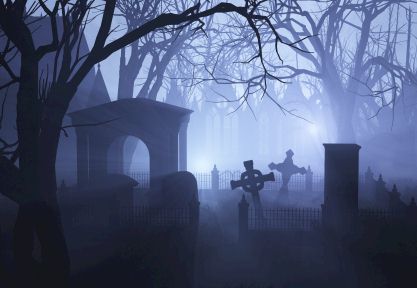 Despite this connection with Christianity, the modern celebration of Halloween owes its origins to the ancient, pre-Christian festival called "Samhain" (pronounced "sow-en") celebrated by the Celts in Ireland, Scotland and Wales. Samhain represented the end of the harvest, the beginning of the winter season and the second half of the year. In Celtic Ireland, summer officially ended on October 31st. This evening was seen by the ancient Irish as a time of transition when all laws of time and space were temporarily suspended, allowing the spiritual world to intermingle with the living world. Halloween night was the time to pacify the dead and other spirits. People believed that the souls of the dead appeared on this night along with witches, ghosts, and fairies. Bonfires were built on the tops of hills to keep the bad spirits away. Naturally the living did not want to be possessed. Therefore, on Halloween night, villagers would extinguish the fires in their homes, to make them cold and undesirable. They would then dress up in ghoulish costumes and noisily parade around their town, in order to frighten away spirits looking for bodies to possess.
Despite this connection with Christianity, the modern celebration of Halloween owes its origins to the ancient, pre-Christian festival called "Samhain" (pronounced "sow-en") celebrated by the Celts in Ireland, Scotland and Wales. Samhain represented the end of the harvest, the beginning of the winter season and the second half of the year. In Celtic Ireland, summer officially ended on October 31st. This evening was seen by the ancient Irish as a time of transition when all laws of time and space were temporarily suspended, allowing the spiritual world to intermingle with the living world. Halloween night was the time to pacify the dead and other spirits. People believed that the souls of the dead appeared on this night along with witches, ghosts, and fairies. Bonfires were built on the tops of hills to keep the bad spirits away. Naturally the living did not want to be possessed. Therefore, on Halloween night, villagers would extinguish the fires in their homes, to make them cold and undesirable. They would then dress up in ghoulish costumes and noisily parade around their town, in order to frighten away spirits looking for bodies to possess.
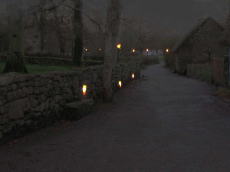
The most interesting part of Halloween in Ireland was the traditional association with fairies and other creatures. People thought that fairies lived in ancient hills, and tried carefully not to disturb them, especially on Halloween. The fairies are said to have walked about on that night, searching for little children to live with. When a house-wife threw out the dishwater after supper, she would shout "seachain" in Gaelic Irish, which meant "water toward you", to alert any fairies that might be passing by. The fairies could then get out of the way. If they were splashed, they would often take revenge. The fairies are also said to have played enchanting music to catch people. Or sometimes a weak light could be seen coming from the fairy's treasure buried at the centre of the fairy's hill. In this case, a person had to hurry past, or they might be enchanted by the fairies forever.
The fairies could then get out of the way. If they were splashed, they would often take revenge. The fairies are also said to have played enchanting music to catch people. Or sometimes a weak light could be seen coming from the fairy's treasure buried at the centre of the fairy's hill. In this case, a person had to hurry past, or they might be enchanted by the fairies forever.
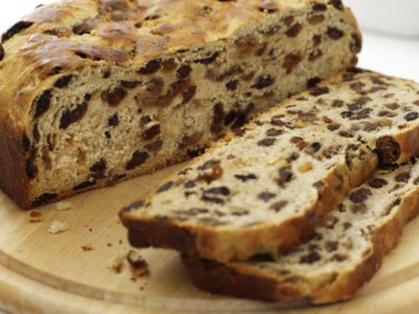
There are many types of special food eaten on Halloween night, and some of them have much to do with fortune telling. The most famous of these is barnbrack, an Irish raisin cake which is a favourite throughout Ireland. It is something to look forward to, not only because of its good taste but also because of the special things hidden inside the cake. If there is a ring in your cake, it means an early marriage. If there is a coin or a bean, it means you will be rich. A button stands for single life, and a pea for poverty. As you can see, Halloween night in Ireland long ago was quite enjoyable. Although people took care not to be caught by fairies and not to harm fairies, they really had a good time. However, in the nineteenth century, there was a terrible famine in Ireland and many people had to leave the country to survive and find work. Over one million Irish died in the famine and over one million went to American. The Irish immigrants brought with them the tradition of Halloween.
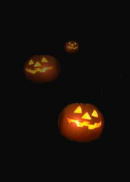 In America, in the days before Halloween, many children can be seen busy making "jack-o'-lanterns" out of big pumpkins. The Jack-o'-lantern or Jack of the Lantern custom is part of Irish folklore. Once there was a man named Jack, who was known to be a trickster and to drink a lot. Jack tricked the Devil into climbing a tree. Jack then carved the image of a cross in the tree's trunk, trapping the devil up the tree. Jack made a deal with the Devil that, if he would never tempt him again, he would promise to let him down the tree. According to the folk tale, after Jack died, he was denied entrance into Heaven because of his evil ways, but he was also denied access to Hell because he had tricked the Devil. Instead the Devil gave him a candle to light his way through the darkness between Heaven and Hell. The candle was placed inside a hollowed out turnip to keep it glowing longer. In Ireland, if a person sees a distant light in a field, people sometimes joke that it is Jack of the Lantern walking alone with nowhere to go.
In America, in the days before Halloween, many children can be seen busy making "jack-o'-lanterns" out of big pumpkins. The Jack-o'-lantern or Jack of the Lantern custom is part of Irish folklore. Once there was a man named Jack, who was known to be a trickster and to drink a lot. Jack tricked the Devil into climbing a tree. Jack then carved the image of a cross in the tree's trunk, trapping the devil up the tree. Jack made a deal with the Devil that, if he would never tempt him again, he would promise to let him down the tree. According to the folk tale, after Jack died, he was denied entrance into Heaven because of his evil ways, but he was also denied access to Hell because he had tricked the Devil. Instead the Devil gave him a candle to light his way through the darkness between Heaven and Hell. The candle was placed inside a hollowed out turnip to keep it glowing longer. In Ireland, if a person sees a distant light in a field, people sometimes joke that it is Jack of the Lantern walking alone with nowhere to go.
 When Irish immigrants went to the USA, they noticed that there were many pumpkins. Pumpkins were also easier to carve and place candles inside so people used pumpkins instead of turnips. Now the pumpkin is the symbol of Halloween. Although the Halloween we know today is different from the Halloween the Irish celebrated, it is great fun and is loved by people, young and old, in many countries, including Japan.The next time you see a pumpkin with a frightening face or a person in a scary costume, think of the Irish and how they celebrated Halloween or 'Samhain' long ago.
When Irish immigrants went to the USA, they noticed that there were many pumpkins. Pumpkins were also easier to carve and place candles inside so people used pumpkins instead of turnips. Now the pumpkin is the symbol of Halloween. Although the Halloween we know today is different from the Halloween the Irish celebrated, it is great fun and is loved by people, young and old, in many countries, including Japan.The next time you see a pumpkin with a frightening face or a person in a scary costume, think of the Irish and how they celebrated Halloween or 'Samhain' long ago.
By Senan Fox
[Oct. 2005]
|
|
|
|
|
|
Halloween.com: http://www.halloween.com
Halloween-online: http://www.halloween-online.com
Derry City Council – Hallowe'en Carnival: http://campaign.derrycity.gov.uk/
|
|
|



















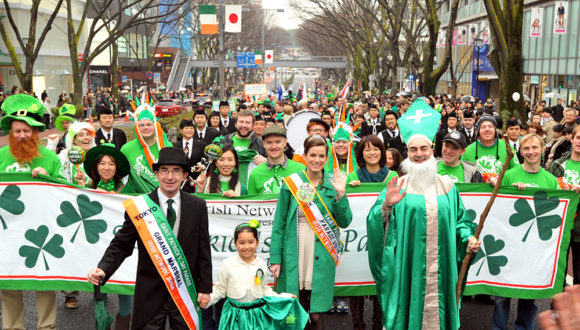






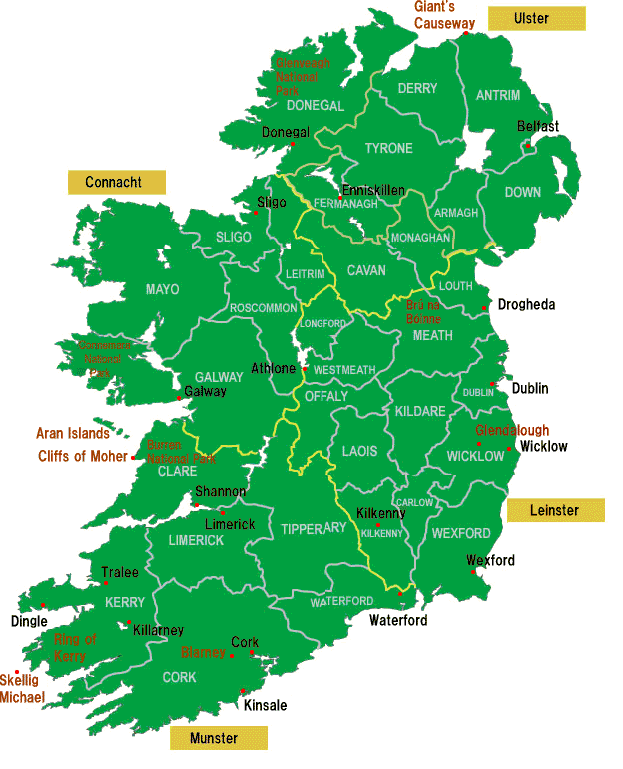



















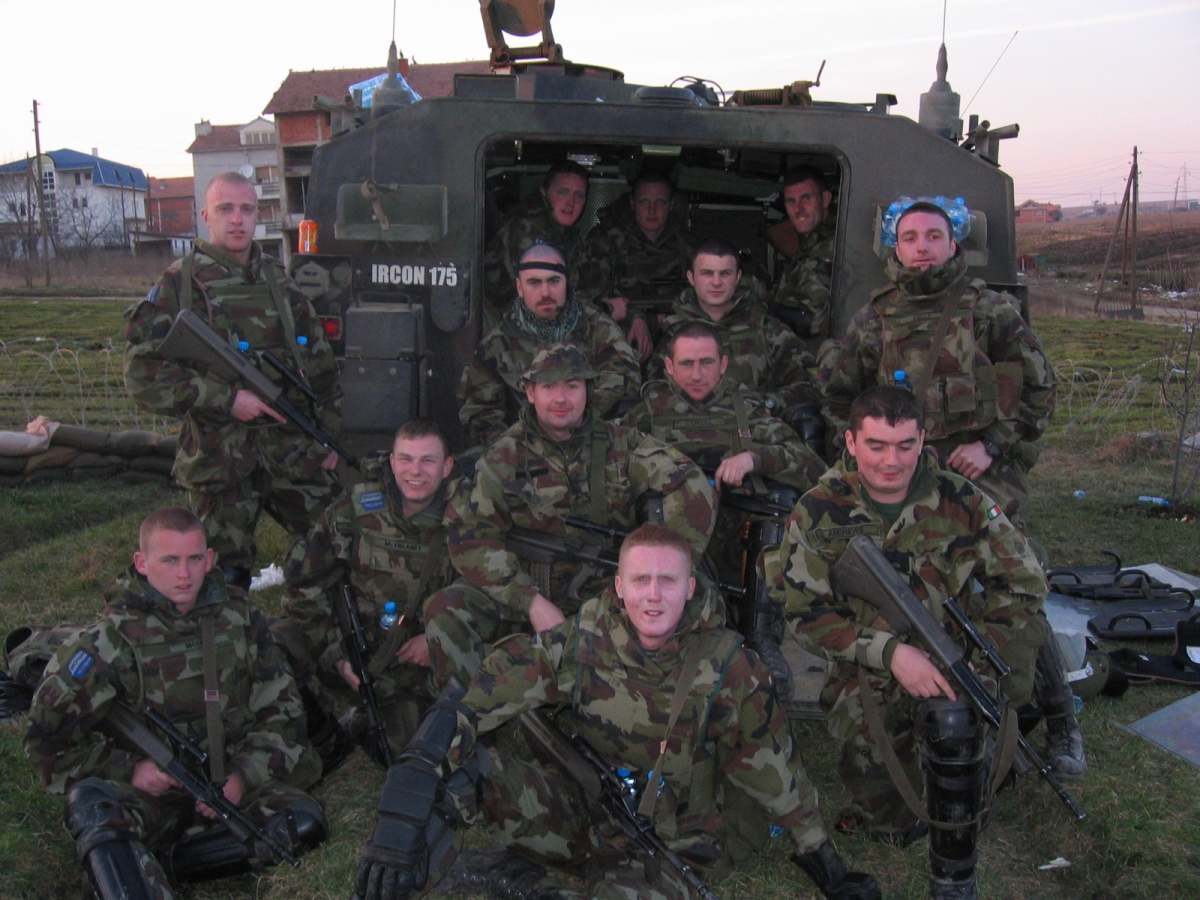

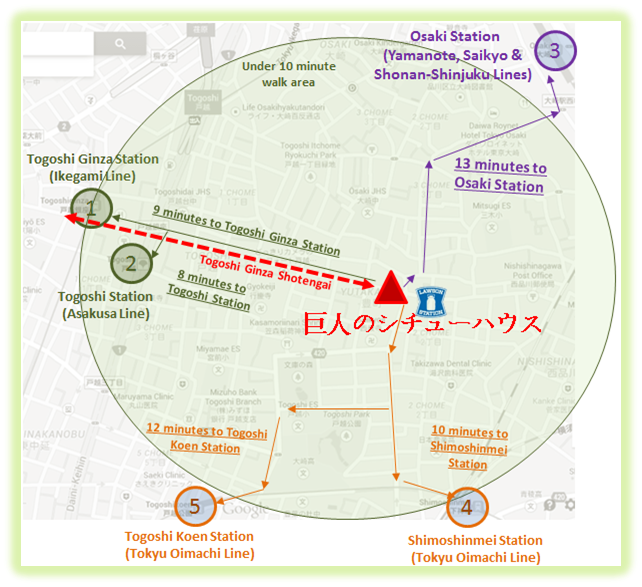




 In America, in the days before Halloween, many children can be seen busy making "jack-o'-lanterns" out of big pumpkins. The Jack-o'-lantern or Jack of the Lantern custom is part of Irish folklore. Once there was a man named Jack, who was known to be a trickster and to drink a lot. Jack tricked the Devil into climbing a tree. Jack then carved the image of a cross in the tree's trunk, trapping the devil up the tree. Jack made a deal with the Devil that, if he would never tempt him again, he would promise to let him down the tree. According to the folk tale, after Jack died, he was denied entrance into Heaven because of his evil ways, but he was also denied access to Hell because he had tricked the Devil. Instead the Devil gave him a candle to light his way through the darkness between Heaven and Hell. The candle was placed inside a hollowed out turnip to keep it glowing longer. In Ireland, if a person sees a distant light in a field, people sometimes joke that it is Jack of the Lantern walking alone with nowhere to go.
In America, in the days before Halloween, many children can be seen busy making "jack-o'-lanterns" out of big pumpkins. The Jack-o'-lantern or Jack of the Lantern custom is part of Irish folklore. Once there was a man named Jack, who was known to be a trickster and to drink a lot. Jack tricked the Devil into climbing a tree. Jack then carved the image of a cross in the tree's trunk, trapping the devil up the tree. Jack made a deal with the Devil that, if he would never tempt him again, he would promise to let him down the tree. According to the folk tale, after Jack died, he was denied entrance into Heaven because of his evil ways, but he was also denied access to Hell because he had tricked the Devil. Instead the Devil gave him a candle to light his way through the darkness between Heaven and Hell. The candle was placed inside a hollowed out turnip to keep it glowing longer. In Ireland, if a person sees a distant light in a field, people sometimes joke that it is Jack of the Lantern walking alone with nowhere to go. When Irish immigrants went to the USA, they noticed that there were many pumpkins. Pumpkins were also easier to carve and place candles inside so people used pumpkins instead of turnips. Now the pumpkin is the symbol of Halloween. Although the Halloween we know today is different from the Halloween the Irish celebrated, it is great fun and is loved by people, young and old, in many countries, including Japan.The next time you see a pumpkin with a frightening face or a person in a scary costume, think of the Irish and how they celebrated Halloween or 'Samhain' long ago.
When Irish immigrants went to the USA, they noticed that there were many pumpkins. Pumpkins were also easier to carve and place candles inside so people used pumpkins instead of turnips. Now the pumpkin is the symbol of Halloween. Although the Halloween we know today is different from the Halloween the Irish celebrated, it is great fun and is loved by people, young and old, in many countries, including Japan.The next time you see a pumpkin with a frightening face or a person in a scary costume, think of the Irish and how they celebrated Halloween or 'Samhain' long ago.
